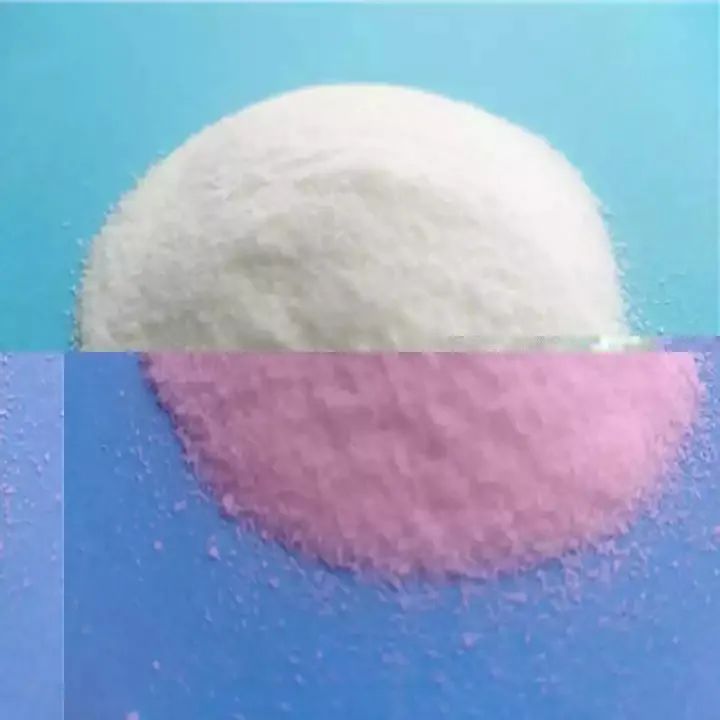 Email: sale@hebeidisha.com
Email: sale@hebeidisha.com
 Tel: +86 13315186550
Tel: +86 13315186550
- Afrikaans
- Albanian
- Amharic
- Arabic
- Armenian
- Azerbaijani
- Basque
- Belarusian
- Bengali
- Bosnian
- Bulgarian
- Catalan
- Cebuano
- China
- China (Taiwan)
- Corsican
- Croatian
- Czech
- Danish
- Dutch
- English
- Esperanto
- Estonian
- Finnish
- French
- Frisian
- Galician
- Georgian
- German
- Greek
- Gujarati
- Haitian Creole
- hausa
- hawaiian
- Hebrew
- Hindi
- Miao
- Hungarian
- Icelandic
- igbo
- Indonesian
- irish
- Italian
- Japanese
- Javanese
- Kannada
- kazakh
- Khmer
- Rwandese
- Korean
- Kurdish
- Kyrgyz
- Lao
- Latin
- Latvian
- Lithuanian
- Luxembourgish
- Macedonian
- Malgashi
- Malay
- Malayalam
- Maltese
- Maori
- Marathi
- Mongolian
- Myanmar
- Nepali
- Norwegian
- Norwegian
- Occitan
- Pashto
- Persian
- Polish
- Portuguese
- Punjabi
- Romanian
- Russian
- Samoan
- Scottish Gaelic
- Serbian
- Sesotho
- Shona
- Sindhi
- Sinhala
- Slovak
- Slovenian
- Somali
- Spanish
- Sundanese
- Swahili
- Swedish
- Tagalog
- Tajik
- Tamil
- Tatar
- Telugu
- Thai
- Turkish
- Turkmen
- Ukrainian
- Urdu
- Uighur
- Uzbek
- Vietnamese
- Welsh
- Bantu
- Yiddish
- Yoruba
- Zulu
Dec . 09, 2024 19:02 Back to list
Comparison of Anhydrous and Monohydrate Forms of Citric Acid for Various Applications
Understanding Citric Acid Anhydrous vs. Monohydrate
Citric acid is a weak organic acid that plays a significant role in various industries, including food, pharmaceuticals, and cosmetics. It is commonly found in citrus fruits and is known for its sour flavor, which makes it a popular ingredient in food and beverages. Citric acid exists in multiple forms, with the most common being anhydrous citric acid and citric acid monohydrate. Both forms are widely used, but they have distinct properties and applications that are crucial to understand.
Chemical Composition and Forms
Citric acid, chemically represented as C6H8O7, can exist in two primary forms anhydrous citric acid and citric acid monohydrate. The anhydrous form contains no water molecules in its crystalline structure, while the monohydrate form incorporates one water molecule for every molecule of citric acid. This difference in water content leads to variations in their physical properties, such as solubility, melting point, and stability.
Anhydrous citric acid is typically a white crystalline powder, highly soluble in water, and used in various applications where moisture content needs to be minimized. On the other hand, citric acid monohydrate is also a white crystalline powder but contains a certain amount of bound water, which can influence its behavior in different environments.
Applications in the Food Industry
Citric acid is predominantly used as a food additive, serving as a natural preservative and flavor enhancer. Its sour taste contributes to the overall flavor profile of many products, ranging from soft drinks to candies. In the food industry, both anhydrous and monohydrate forms are utilized, but their applications may vary.
Anhydrous citric acid is typically favored in dry products, such as powdered drink mixes and confectioneries, where the moisture content must be controlled. It provides intense sourness and can adjust the acidity of the product effectively. Conversely, citric acid monohydrate is commonly used in liquid products, including sauces and beverages, where its water content maximizes solubility and enhances the product's overall texture and flavor.
citric acid anhydrous and monohydrate

Pharmaceutical and Cosmetic Uses
Apart from the food industry, citric acid plays an essential role in pharmaceuticals and cosmetics. Anhydrous citric acid is often used in formulations where anhydrous conditions are necessary for stability, such as in tablets and powders. It acts as an excipient, which aids in the manufacturing process and enhances the bioavailability of active ingredients.
In cosmetics, both forms of citric acid are utilized for their properties as pH adjusters and exfoliants. Monohydrate citric acid may be preferred in creams and lotions, where its water content helps to maintain the product's moisture level. In contrast, the anhydrous variant could be better suited for powdered formulations or products that require a longer shelf life.
Storage and Handling Considerations
The storage and handling of citric acid, whether anhydrous or monohydrate, also differ due to their varying hygroscopic nature. Anhydrous citric acid is more prone to clumping when exposed to moisture, so it requires careful storage in airtight containers. On the other hand, while citric acid monohydrate is less hygroscopic, it is still advisable to store it in a cool, dry place to maintain its quality over time.
Conclusion
In summary, understanding the differences between anhydrous citric acid and citric acid monohydrate is essential for industries that utilize this versatile compound. Each form has specific properties and applications, making them suitable for various uses in food, pharmaceuticals, and cosmetics. By recognizing these distinctions, manufacturers can make informed decisions regarding which form of citric acid to use, ultimately leading to optimized product performance and consumer satisfaction. As an integral component in many formulations, citric acid continues to be an invaluable asset across a multitude of sectors.
Latest news
-
Certifications for Vegetarian and Xanthan Gum Vegetarian
NewsJun.17,2025
-
Sustainability Trends Reshaping the SLES N70 Market
NewsJun.17,2025
-
Propylene Glycol Use in Vaccines: Balancing Function and Perception
NewsJun.17,2025
-
Petroleum Jelly in Skincare: Balancing Benefits and Backlash
NewsJun.17,2025
-
Energy Price Volatility and Ripple Effect on Caprolactam Markets
NewsJun.17,2025
-
Spectroscopic Techniques for Adipic Acid Molecular Weight
NewsJun.17,2025